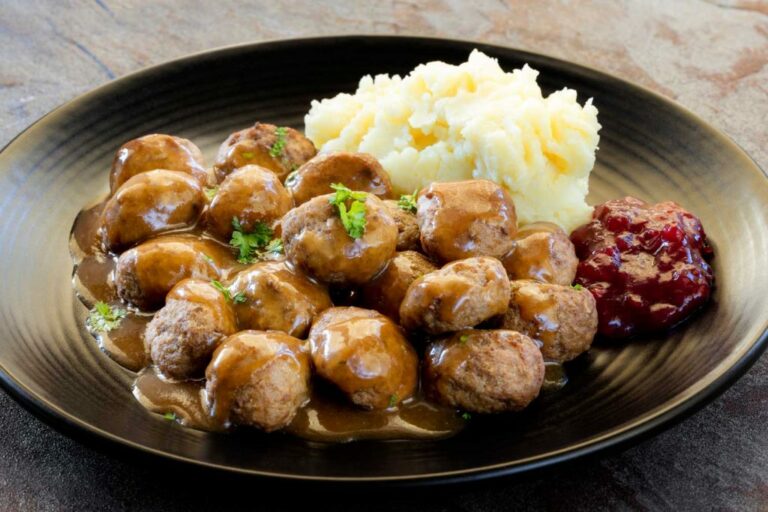Introduction: Swedish cuisine and spice
When it comes to Scandinavian cuisine, Sweden is often the first country that comes to mind. While Swedish food is known for its simplicity and use of fresh ingredients, many people wonder about the spiciness of the dishes. Swedish cuisine has a reputation for being mild, but is this truly the case? Let’s explore the world of Swedish food and find out.
Traditional Swedish dishes
Swedish cuisine has a rich history, dating back to the Viking era. Many traditional dishes are simple and hearty, consisting of meat and potatoes. Some examples of classic Swedish dishes include meatballs, gravlax (cured salmon), and Janssons frestelse (a casserole made with potatoes, onions, and anchovies). Overall, these dishes are not typically spicy, as the focus is on the natural flavors of the ingredients.
Use of herbs and spices in Swedish cuisine
While Swedish dishes are not traditionally spicy, they do incorporate a variety of herbs and spices. Commonly used herbs in Swedish cuisine include dill, parsley, and chives, which are often used to season fish and potatoes. Spices like cinnamon and cardamom are also frequently used in baking and desserts. However, these spices are used sparingly and are not intended to add heat to the dish.
Regional variations in spiciness
Despite the overall mildness of traditional Swedish cuisine, there are some regional variations in spiciness. In the southern part of Sweden, for example, dishes may include more chili peppers and other spicy ingredients. Additionally, Swedish cuisine has been influenced by neighboring countries, such as Denmark and Norway, which also have their own distinct spice profiles.
Influence of international cuisine
Swedish cuisine has also been influenced by international flavors and spices. With the rise of globalization, Swedish chefs have been experimenting with ingredients from all over the world. This has led to the creation of fusion dishes that combine traditional Swedish ingredients with spices from other cultures, such as Indian curry or Thai chili paste.
Conclusion: The verdict on Swedish spice
In conclusion, while traditional Swedish cuisine is not typically spicy, there are still a variety of herbs and spices used in dishes. Regional variations and international influences have also contributed to the use of spicier ingredients. Overall, Swedish cuisine focuses on simple and fresh flavors, with an emphasis on natural ingredients.

